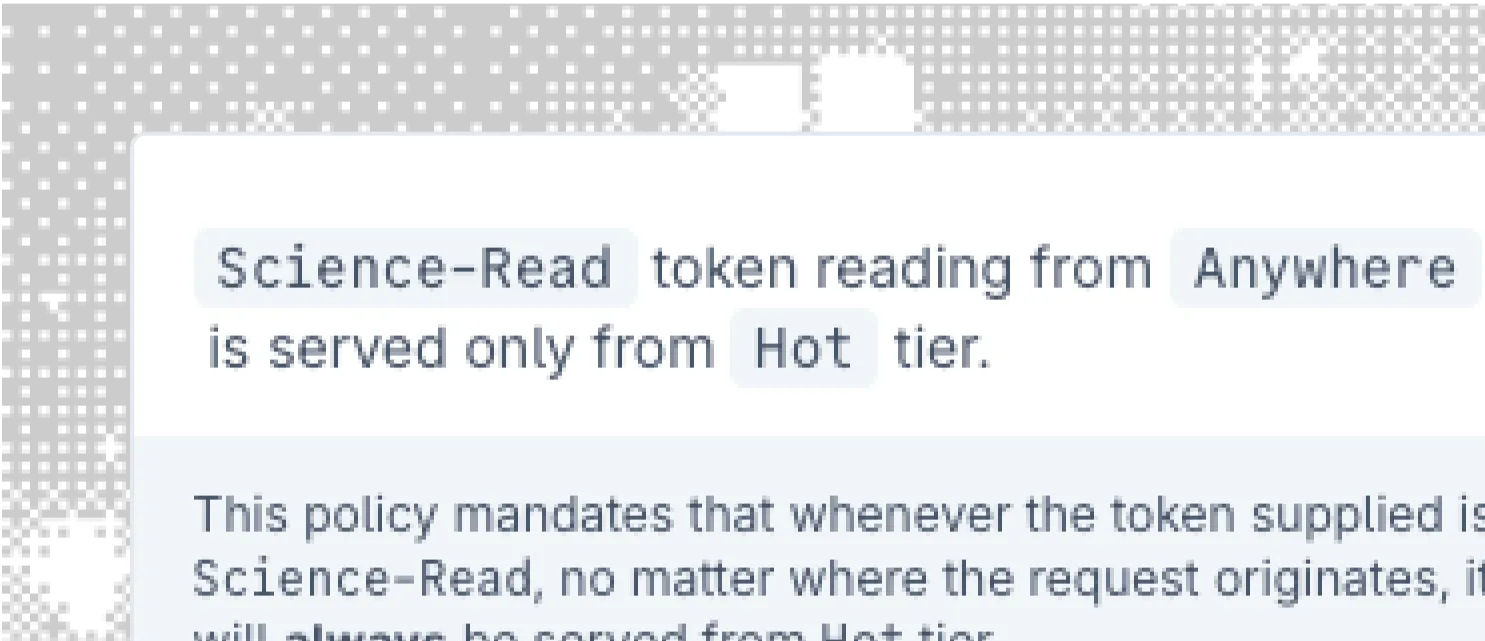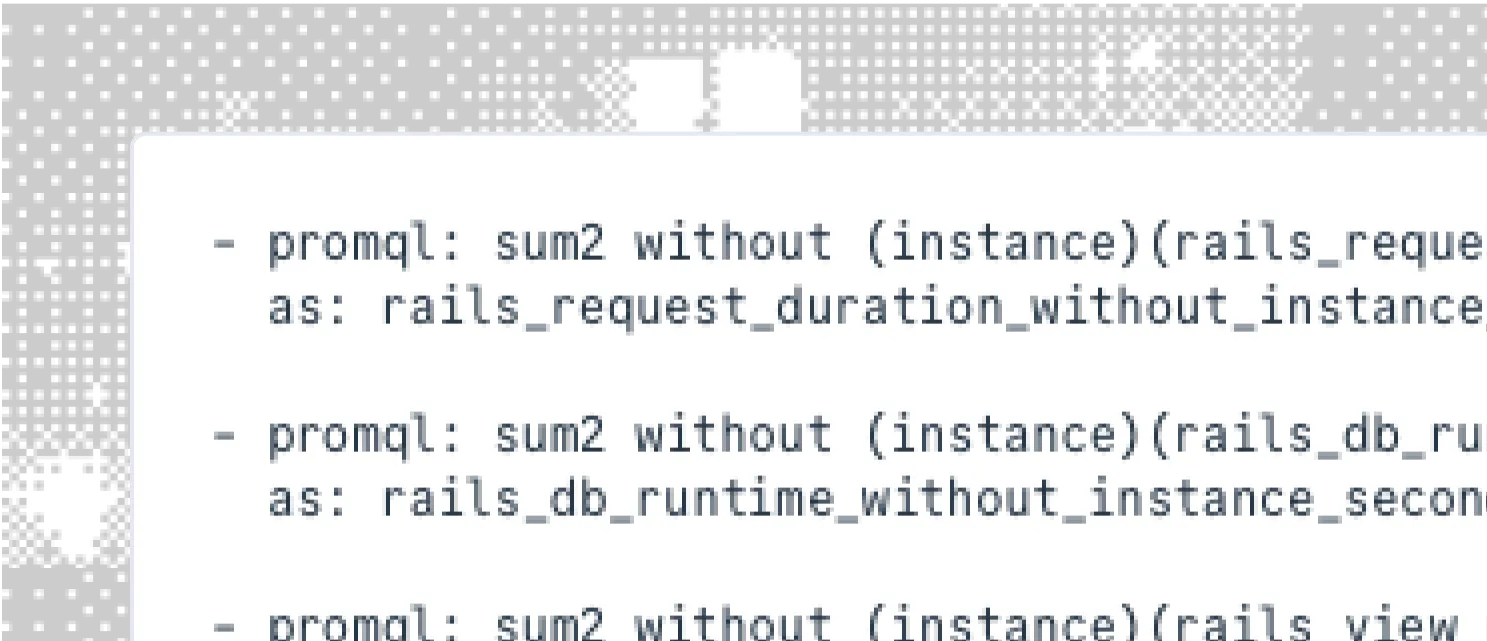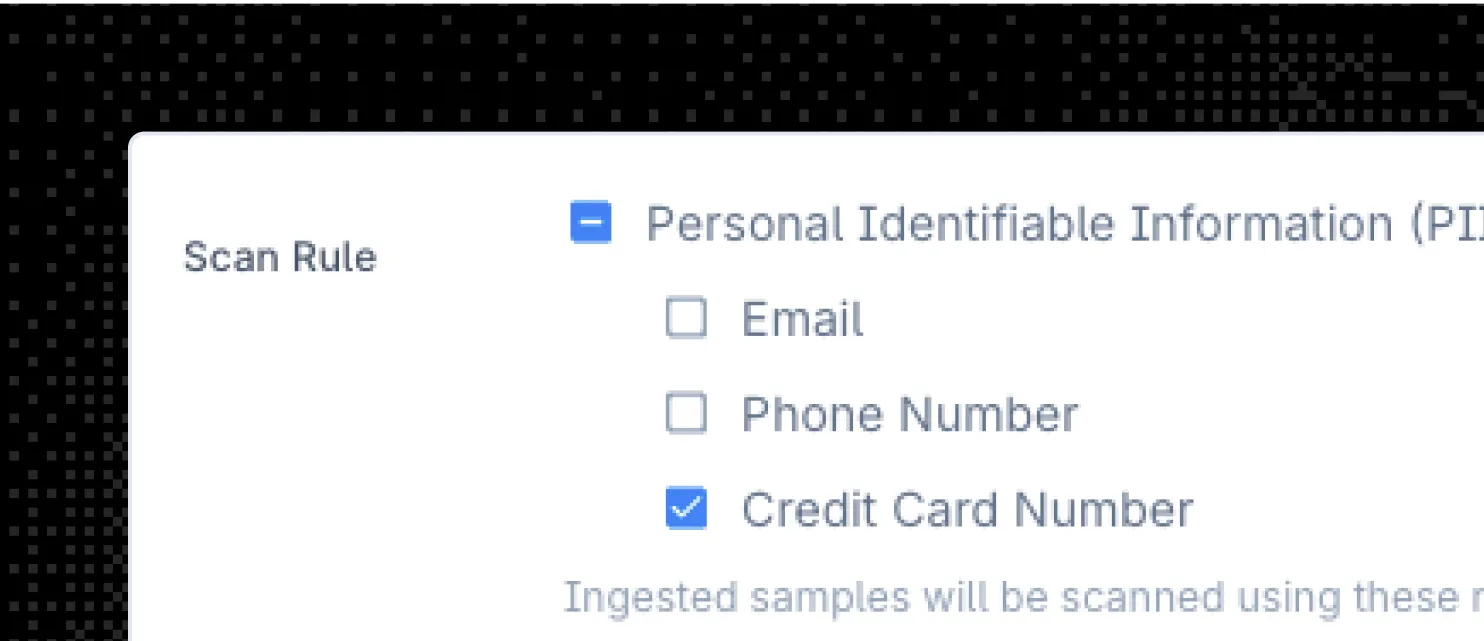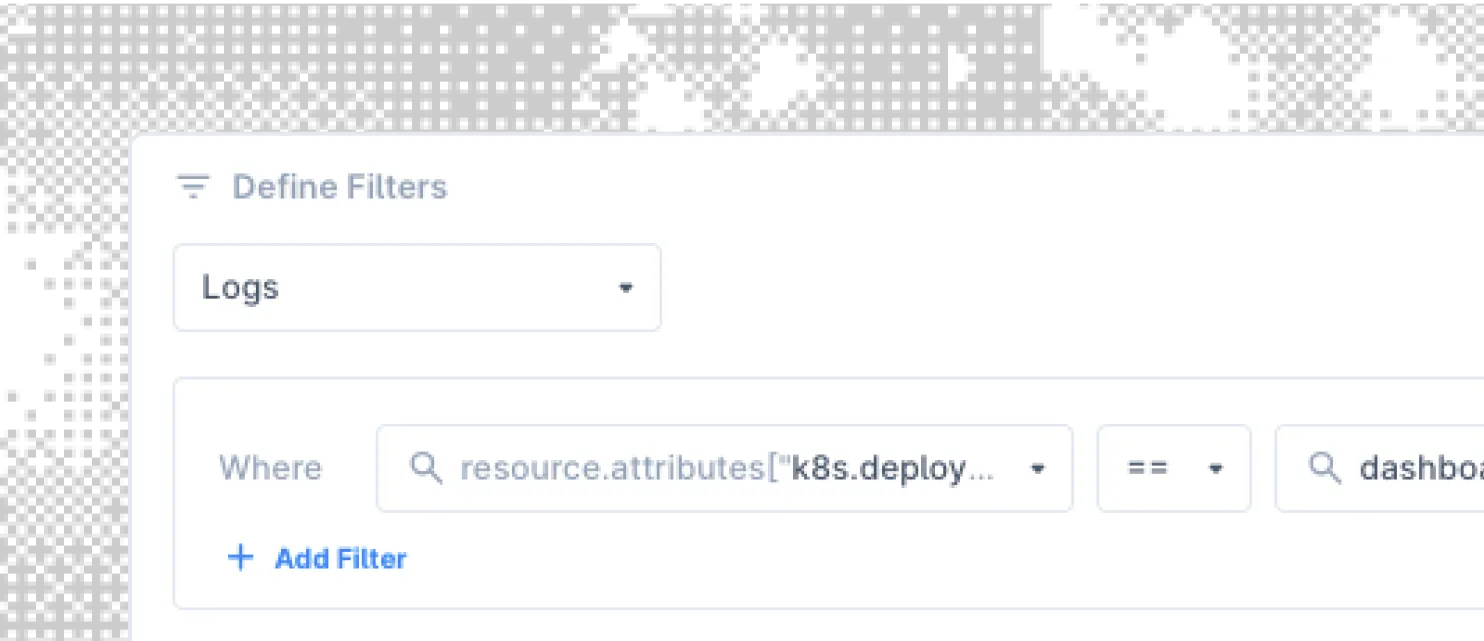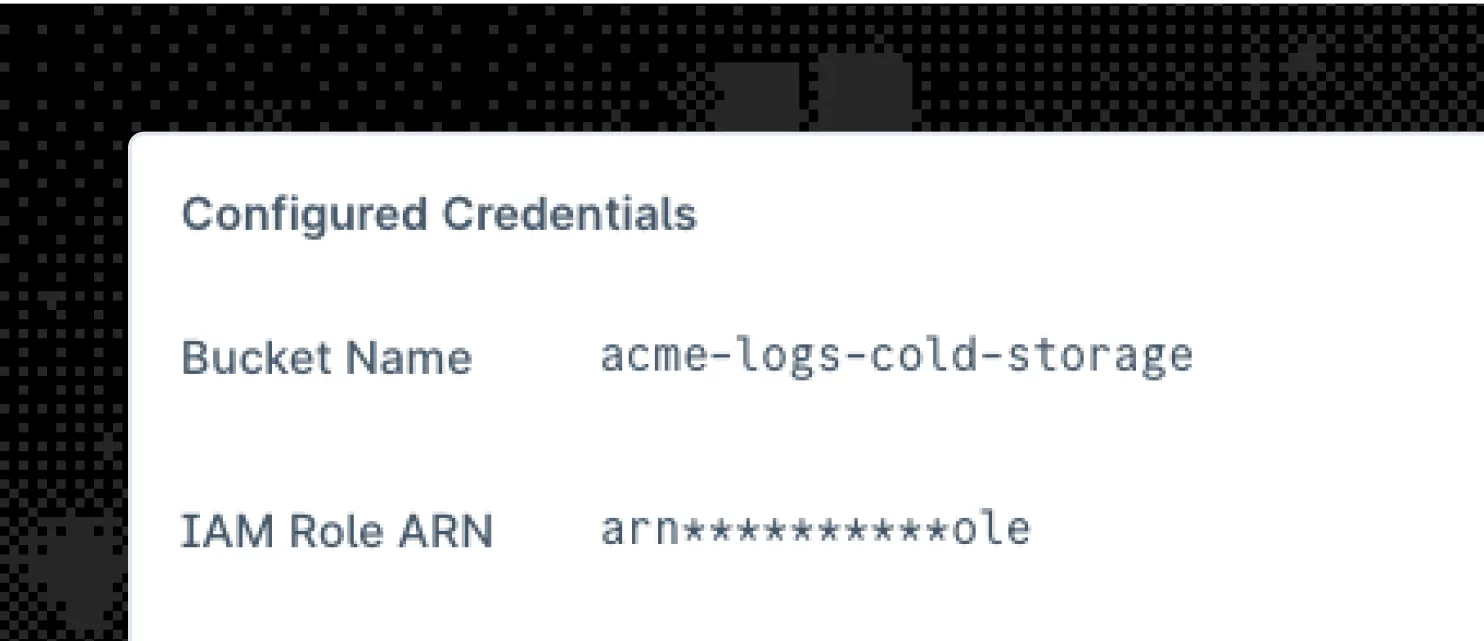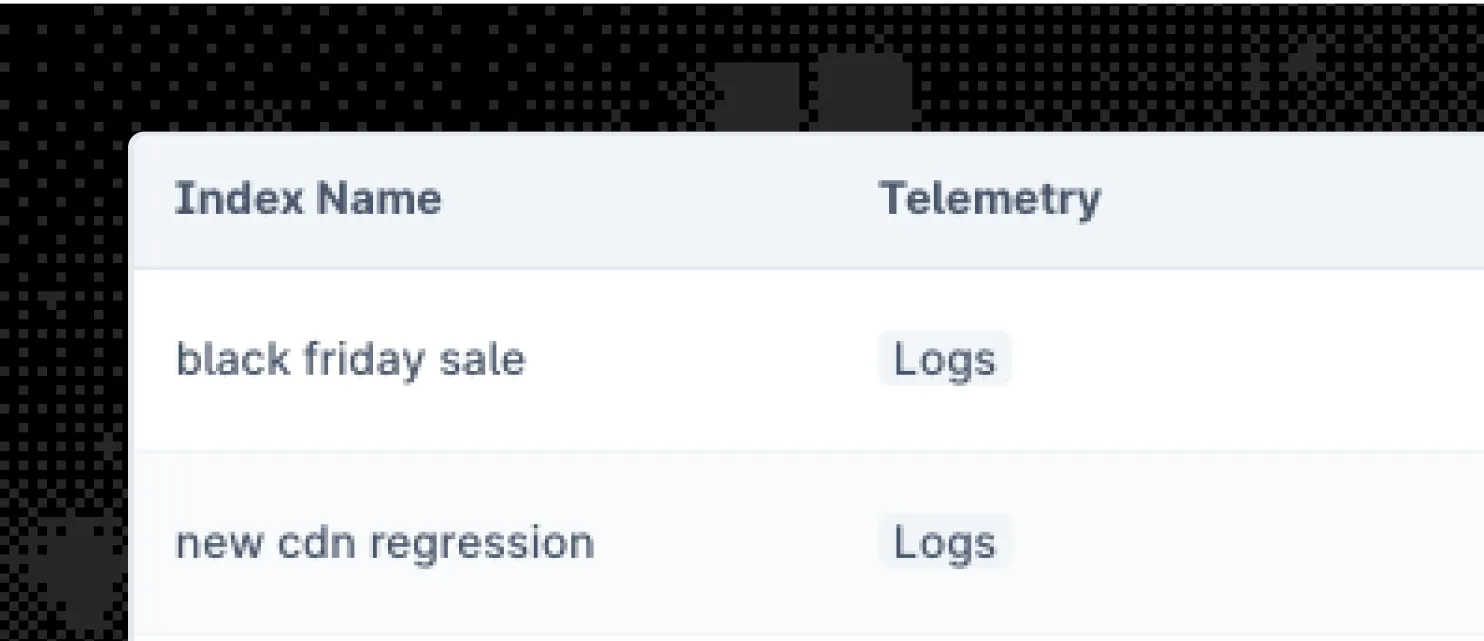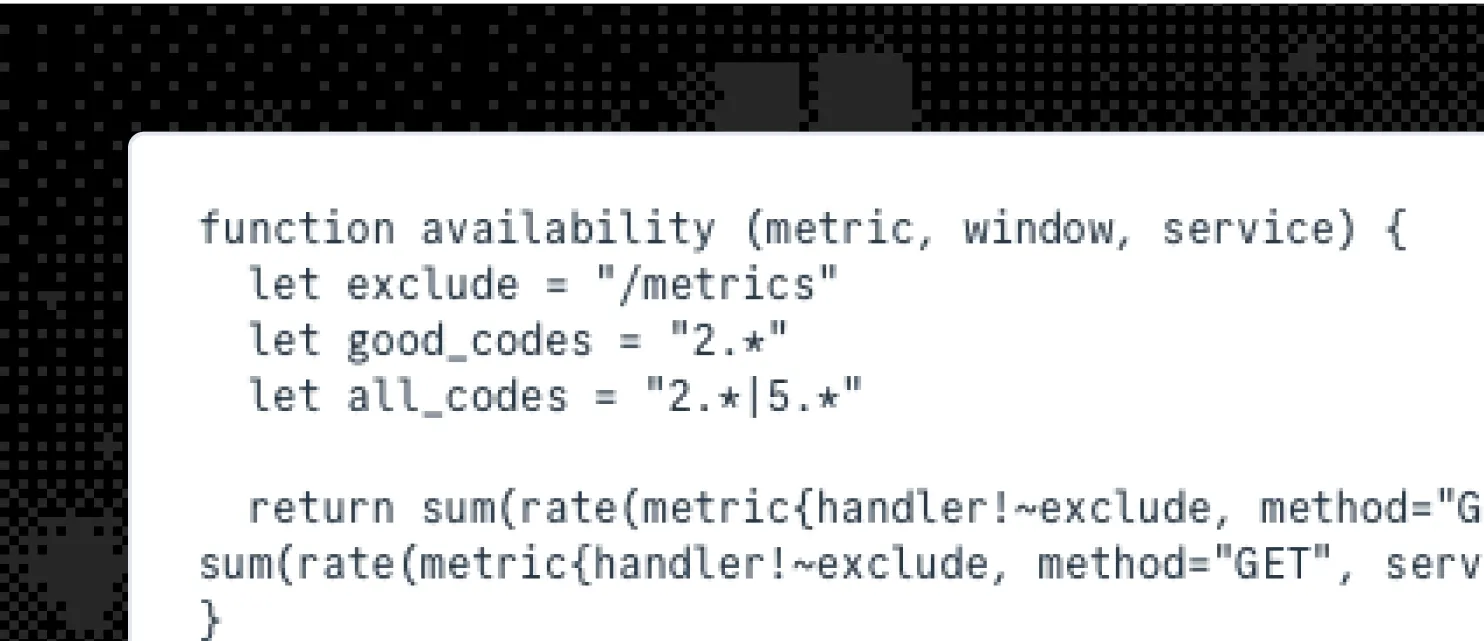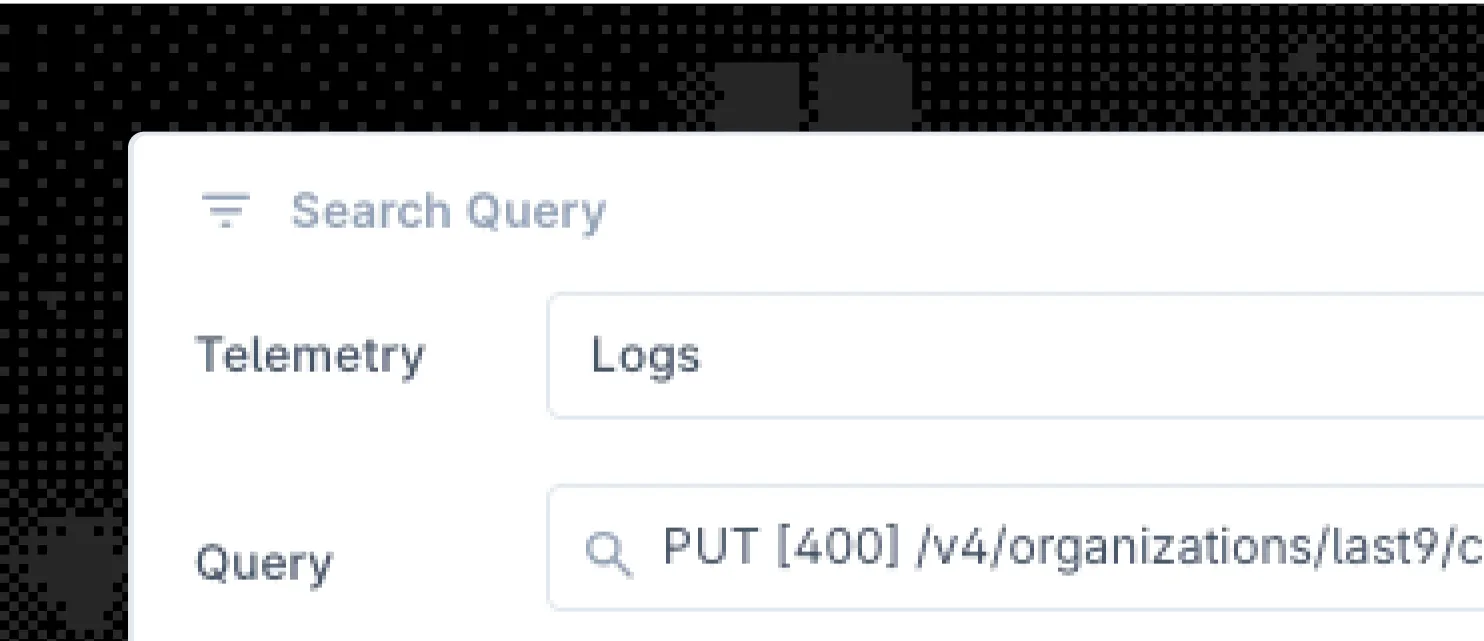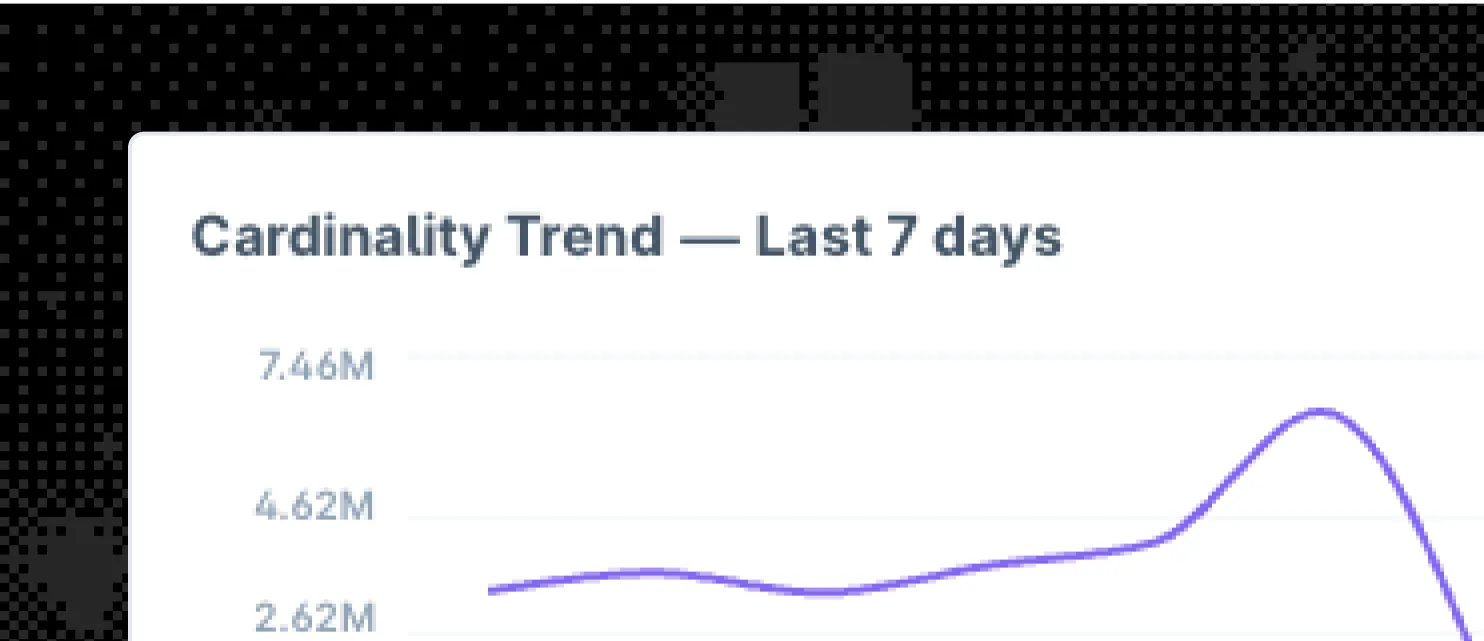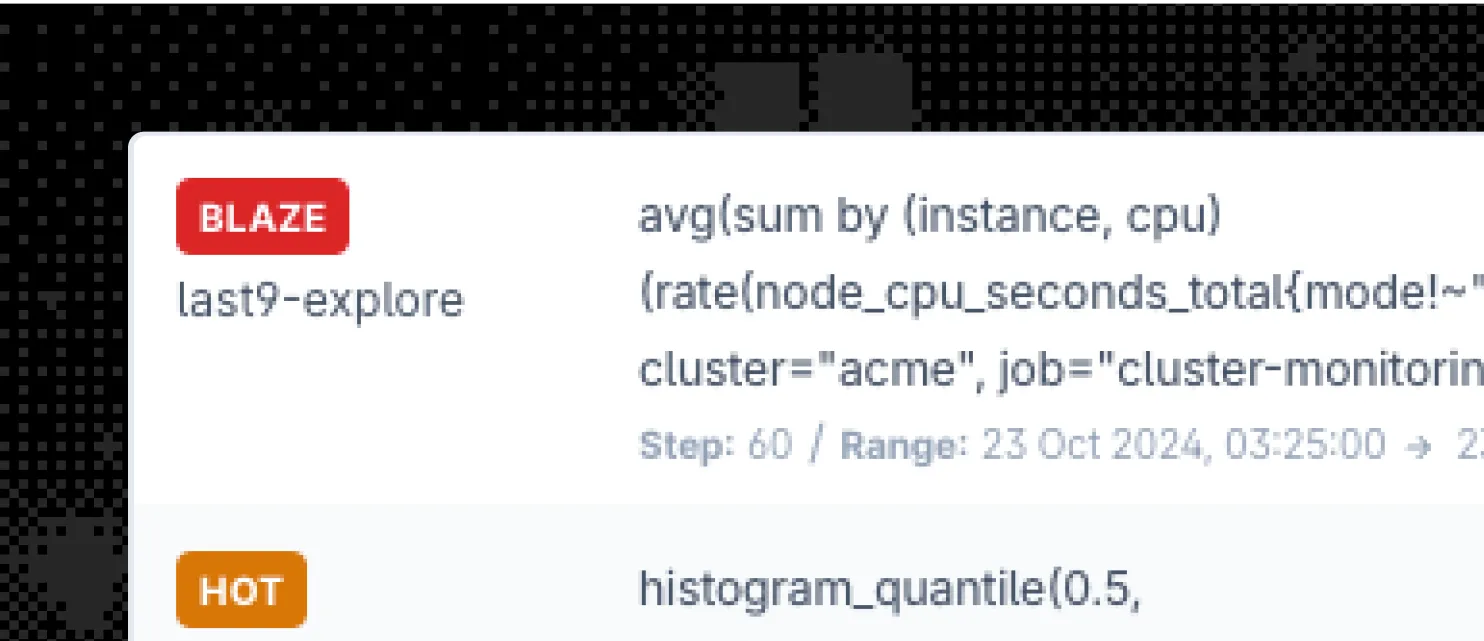Observability in Your Hands: Analyze, Transform, and {Streamline Your Telemetry Data}
A first-class experience for a single pane of glass with end-to-end telemetry management to control your observability data and its costs.

A no-compromise Telemetry Warehouse. With the {control levers} it deserves.
Stop spending 10%-12% of your total cloud budget on observability.
No sampling, but backed by pre-ingestion workflows.
Don’t make tradeoffs between visibility and cost.
Ingestion
Shape telemetry data during ingestion, even before it is stored, without code changes or app redeployment.
[LEARN MORE →]Storage
Manage how your data, after the default retention periods, is stored and accessed.
[LEARN MORE →]Analytics
Get visibility on usage with per-telemetry breakdown, cardinality quotas, and query performance.
[LEARN MORE →]
Don’t sacrifice {visibility} for cost optimization.
Improve MTTR and team productivity.
With tools like Cardinality Explorer and Streaming Aggregation, remove constraints on your engineering teams.
Know how your data is used and is performing.
Observability on your telemetry data along with a simple pricing model keeps costs predictable & manageable, even at scale.
Your data is there, especially when you need it the most.
Ingestion controls and cost-effective storage with rehydration ensure all, but only, the necessary data is always available to your team.
Using Last9’s high cardinality workflows, we accurately measured customer SLAs across dimensions, extract knowledge about our systems, and measure customer impact proactively.
Ranjeet Walunj
SVP Engineering
{Do more}
with less.

